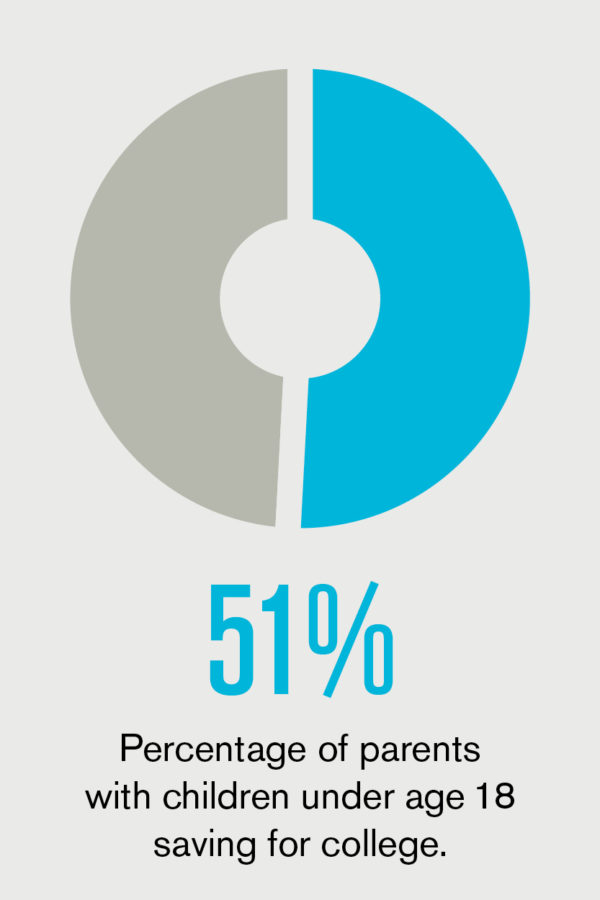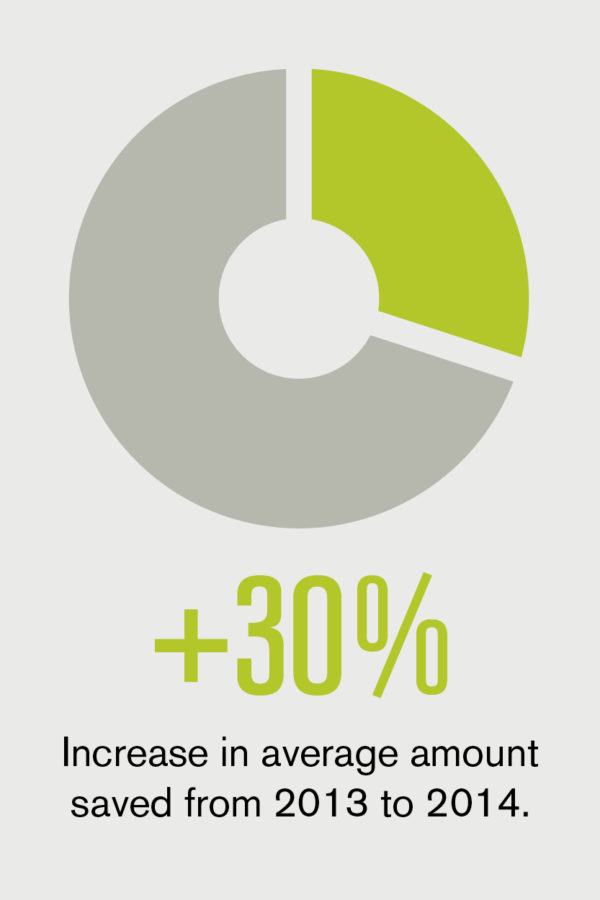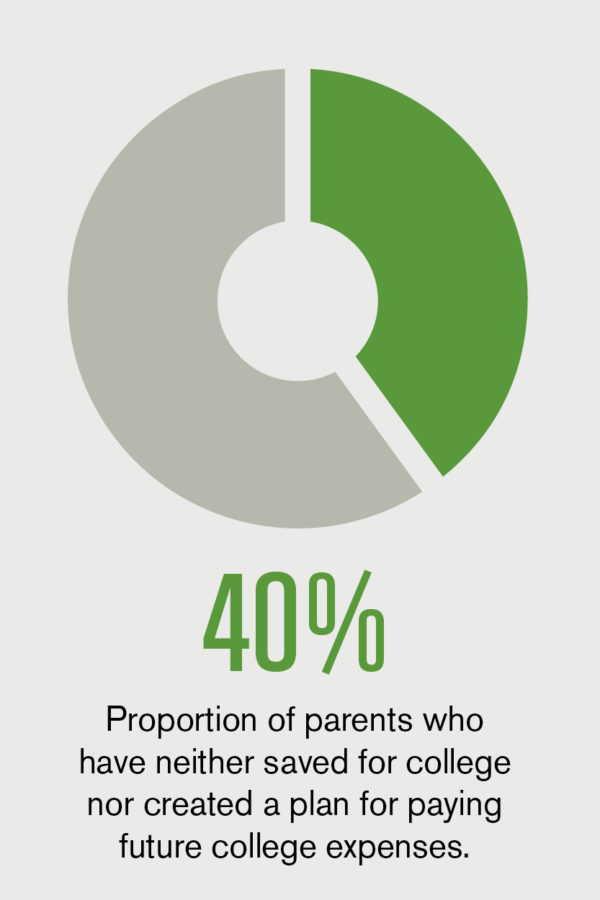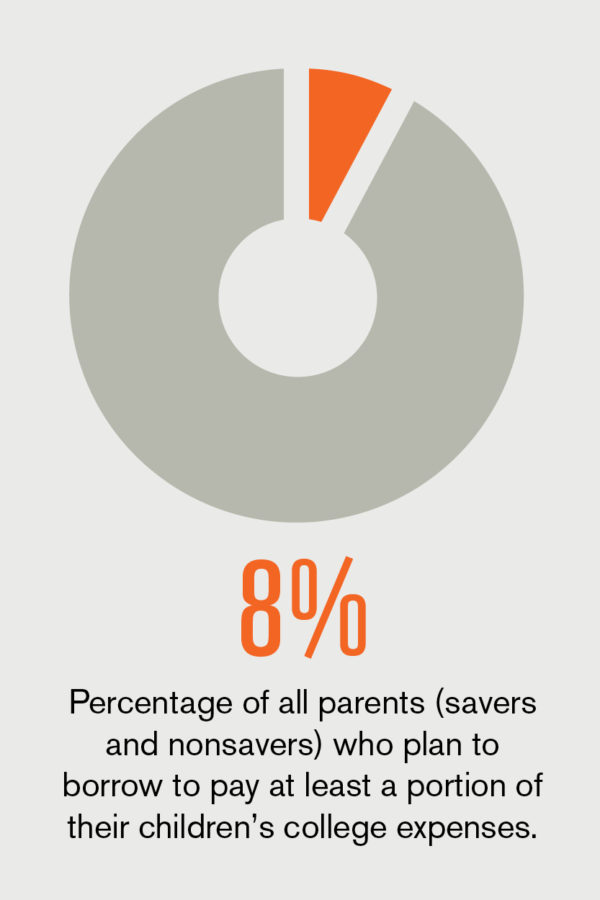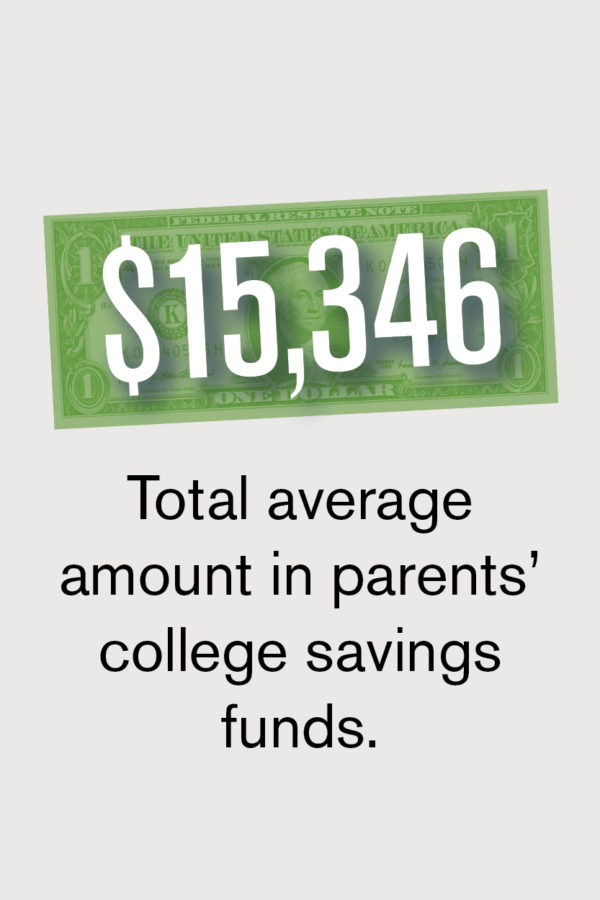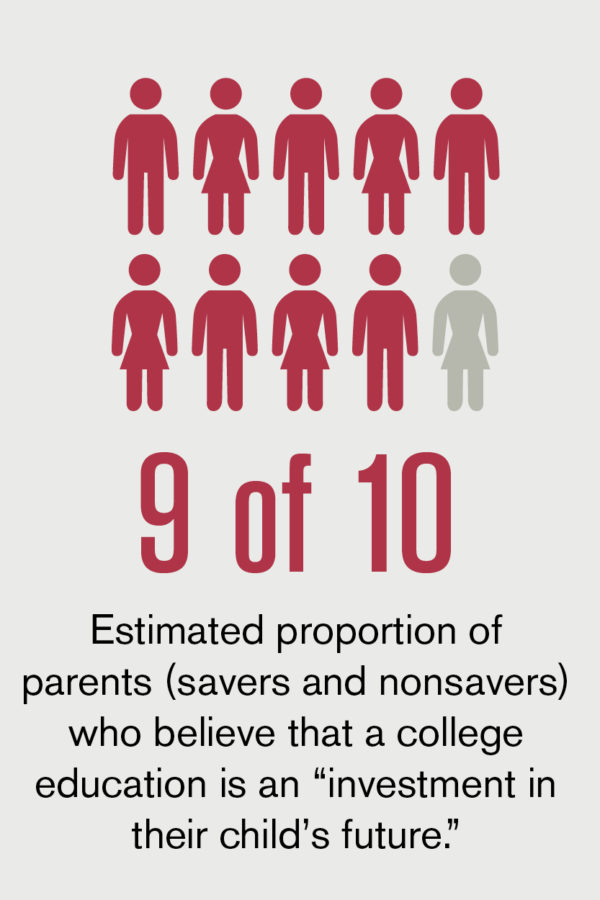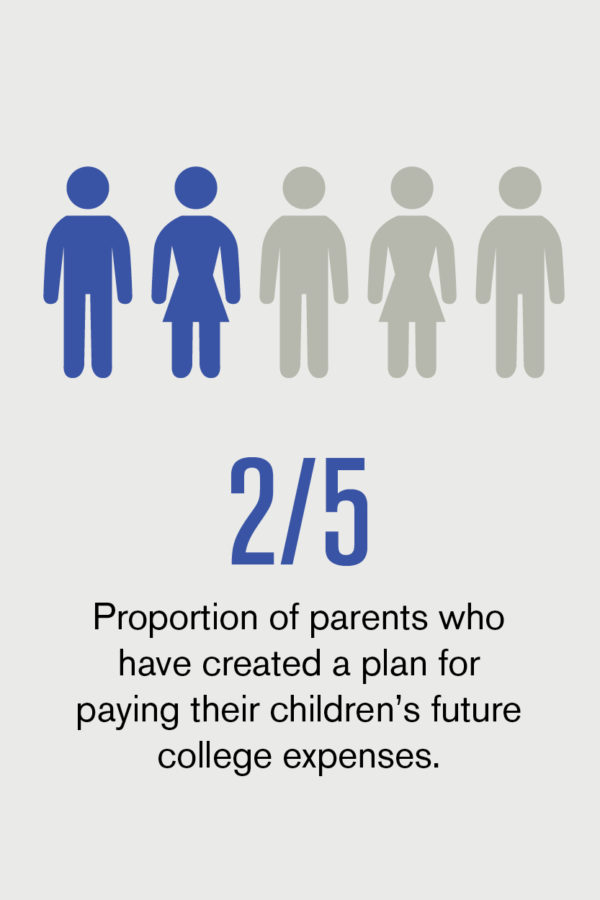Among the industries that have made dramatic shifts toward sustainability is that of parking and transportation. Forward-thinking colleges and universities are among the leaders in spearheading parking design that supports reduced emissions and higher fuel efficiencies—and ties in with the overall campus energy strategy.
A prime example is Durham, North Carolina’s Duke Uni-versity Research Drive Parking Garage, which made headlines in 2010 as the first parking structure to earn the U.S. Green Building Council’s certification for Leadership in Energy and Environmental Design (LEED). Among its sustainability features: an energy-saving LED (light-emitting diode) lighting system that harvests natural light in the daytime and minimizes light pollution coming out of the garage at night; rainwater-collection cisterns; green walls that reduce energy consumption and increase air quality; rain gardens; and preferred parking for carpool and electric vehicles (EVs).
Campuses Counter Carbon
Universities are so much at the forefront of energy-smart parking that they make up a substantial chunk of the case studies in Sustainable Parking Design and Management: A Practitioner’s Handbook (International Parking Institute, and the National Parking Association, 2014). The book presents innovative, top-to-bottom approaches to parking design and operations based on thoughtful stewardship of the planet.
“Demographic change is partly driving this trend—students have many choices, and they care about sustainability. It influences their buying decisions in a competitive market,” says Rachel Yoka, vice president of program development, International Parking Institute.
Here are some examples of campus transportation and parking initiatives that many students support:
- Car- and bike-share programs. For economic as well as sustain-ability reasons, students were among the first to embrace sharing cars and bicycles, and university parking and transportation professionals have wholeheartedly supported the transition. Today, nearly 90 universities across the country offer some kind of bike-sharing program, according to USA Today.
These range from Texas A&M University’s “Borrow a Bike” program that offers free bike use to students up to 30 times per academic year, to “Bike Emory,” which offers yearlong bike rentals and a repair facility that will even deliver needed parts or accessories to students’ dorm rooms for shared or privately owned bikes. At Boise State University, a massive “Bike Barn” offers secure storage for student bikes inside a standard parking garage; and a “Bike Corral” provides valet bike parking for major campus events.
- Charging stations for electric and hybrid vehicles. As more students and faculty opt for alternative-fuel vehicles to avoid high gas prices and reduce emissions, universities are offering convenient EV charging stations. Stanford University offers Level 1 and Level 2 charging in four garages across campus for a nominal fee. At the University of Michigan, students, faculty, staff, and campus visitors can use “top-off” charging at Level 2 chargers in three campus locations. And, to raise the bar even higher, Chapman University provides free EV charging at five stations, which can be reserved via a mobile app and are available for campus and public use.
- Green parking garages. One of the easiest ways campus parking can go green is through lighting upgrades. Increasingly, structures have switched to LED lighting, which not only saves money but also enhances security with a more white, bright, and visible light. When American University installed LED lighting in a garage in 2010, the upgrade saved an estimated $135,000 in energy costs in the first five years—equal to taking 194 cars off the road. Similarly, Florida International University brightened up a notoriously dark garage with LED lights and estimated its energy savings at $23,600 a year, with a projected four-year return on investment costs.
While stand-alone garages aren’t eligible for LEED certification, the Green Parking Council (an IPI affiliate) has launched its own solution: the Green Garage Certification. (Go to www.greenparkingcouncil.org/certification for details.) Among the institutions participating in the beta testing are Ohio State University, Miramar College, Florida International University, University of North Texas, George Mason University, and the University of Chicago. Modeled after the Green Building Council’s LEED certification, the garage counterpart will inform parking garage managers how they’re doing in terms of sustainability, while it shows customers the extent to which their parking options are environmentally friendly.
Tech Tool Tactics
In addition to these sustainability measures, campuses are incorporating new technologies to ease parking problems, payment delays, and other issues. Those include:
- Mobile applications that make it easier to find and navigate to available parking spaces.
- Automated payment systems that reduce or eliminate exit lines.
- Other communication systems that convey real-time parking and transportation information via Web sites, mobile apps, and social media.
With their progressive and creative approaches to parking and transportation issues, universities will continue to serve as models for communities, leading by example. A straightforward equation generally comes into play: people, energy, and the planet. Reducing the carbon footprint by lowering emissions and gaining fuel efficiencies can bring benefits to both institutional and global bottom lines.
RESOURCE LINK: Sustainable Parking Design and Management: A Practitioner’s Handbook is available at www.parking.org/greenbook as a hardcover or e-book.
SUBMITTED BY Kim Fernandez, editor, The Parking Professional





